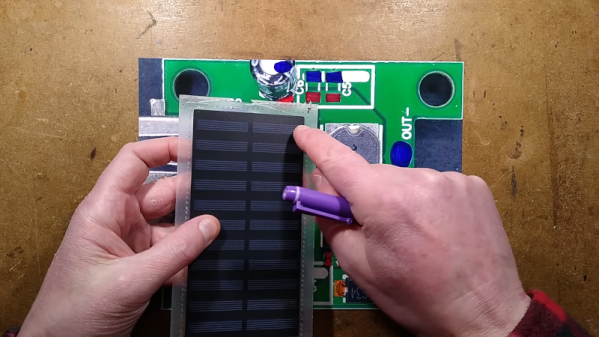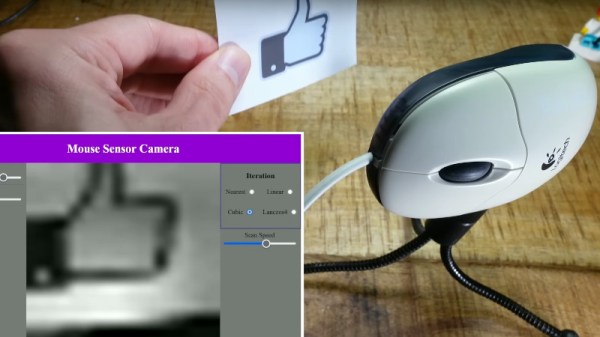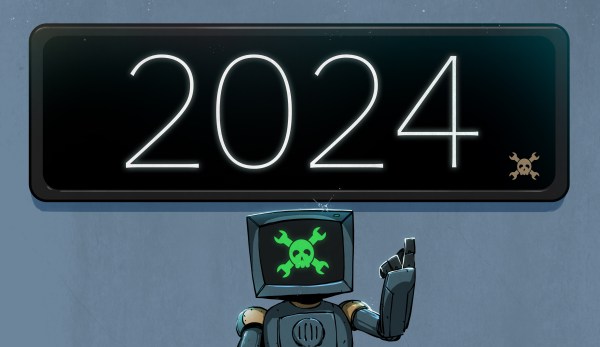The processing power of modern game consoles is absolutely staggering when compared to the coin-op arcade machines of the early 1980s. Packed with terabytes of internal storage and gigabytes of RAM, there’s hardly a comparison to make with the Z80 cabinets that ran classics like Pac-Man. But despite being designed to pump out lifelike 4K imagery without breaking a virtual sweat, occasionally even these cutting-edge consoles are tasked with running one of those iconic early games like Dig Dug or Pole Position. Nostalgia is a hell of a drug…
As long as there are still demand for these genre-defining games, developers will have to keep figuring out ways to bring them to newer — and vastly more complex — systems. Which is precisely the topic of Bob Hickman’s 2023 Supercon talk, The Bits and Bytes of Bringing Arcade Classics to Game Consoles. Having spent decades as a professional game developer, he’s got plenty of experience with the unique constraints presented by both consoles and handhelds, and what it takes to get old code running on new silicon.
Continue reading “Supercon 2023: Bringing Arcade Classics To New Hardware”



 The port looks fantastic, with all the fast-moving arrows and lovely sprite-based graphics you could dream of. But more than that, [Rodrigo’s] port is very fully featured. It doesn’t rely on tracked or sampled music, instead using actual GSM audio files for the songs.
The port looks fantastic, with all the fast-moving arrows and lovely sprite-based graphics you could dream of. But more than that, [Rodrigo’s] port is very fully featured. It doesn’t rely on tracked or sampled music, instead using actual GSM audio files for the songs.















